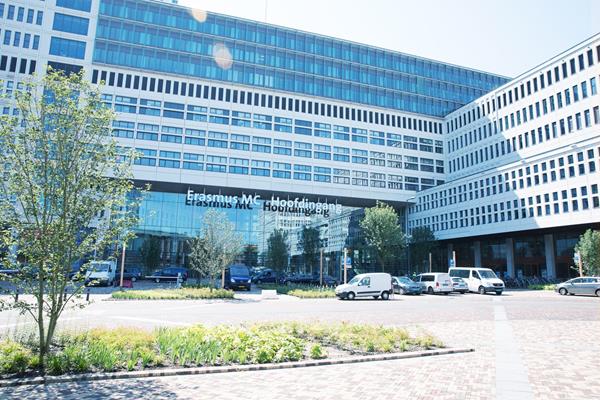In a study recently published in the journal Scientific Reports, researchers from Shizuoka University, Noster Inc, and other groups in Japan identify gut-bacteria derived metabolites that can mitigate fatty liver disease.
Nonalcoholic fatty liver disease (NAFLD) is a chronic liver condition that affects a sizable population of the developed world. Causes of NAFLD are stress, genetic predispositions, and preexisting conditions such as obesity. NAFLD is characterized by fat deposits, inflammation, and gradual death of liver cells. What’s more, there is no cure for NAFLD at present.
Notably, pioglitazone is a diabetes medication that has shown some signs of improvement in NAFLD. However, the mechanism by which it does so is unclear. In a recent collaboration across institutes in Japan, a team led by Tetsuya Hosooka from Shizuoka University and including researchers from Noster Inc, has shown the pathways pioglitazone modifies in order to achieve this effect.
The research team started their study by administering diabetic mice with pioglitazone and examining changes in the adipose (fat) tissue over 4 weeks. It was found that linoleic acid metabolites increased in these mice. Importantly, such metabolites are usually produced by the bacteria residing in the gut. A deeper analysis revealed that pioglitazone in fact increased the Lactobacillus species of bacteria in the gut, which in turn were generating the metabolites.
Next, the researchers investigated 10-hydroxy-cis-12-octadecenoic acid (HYA), a metabolite of linoleic acid and its effects on NAFLD directly. Mice were fed a high-fat diet to induce NAFLD, and subsequently the effects of HYA treatment were observed. The group of mice treated with HYA had lower body weights, lower blood insulin levels, and less fatty tissue. At 26 weeks, mice given HYA also had less fibrosis in their livers. HYA thus directly showed beneficial effects in mice with NAFLD.
To investigate intricate biological pathways further, a genetic analysis was conducted between the HYA-administered and control mice. The former showed decreased genes related to fibrosis and inflammation. Finally, the team delved even deeper to uncover the effects of TGF-β, a key molecule that drives fibrosis. It was indeed suppressed in liver cells after HYA treatment.
This study is the first to uncover the role of linoleic acid metabolites, mainly HYA, in reducing NAFLD by pioglitazone. “[H]YA suppresses fibrosis-related gene expression through inhibition of TGF-β–Smad3 signaling in hepatic stellate cells,” elaborates the research team. These results also pave the way for investigating HYA as a therapeutic target for NAFLD.



